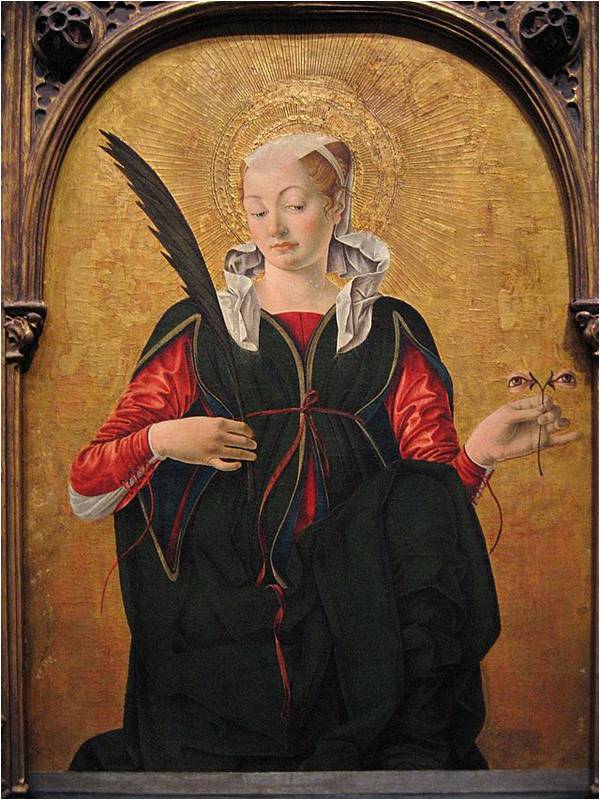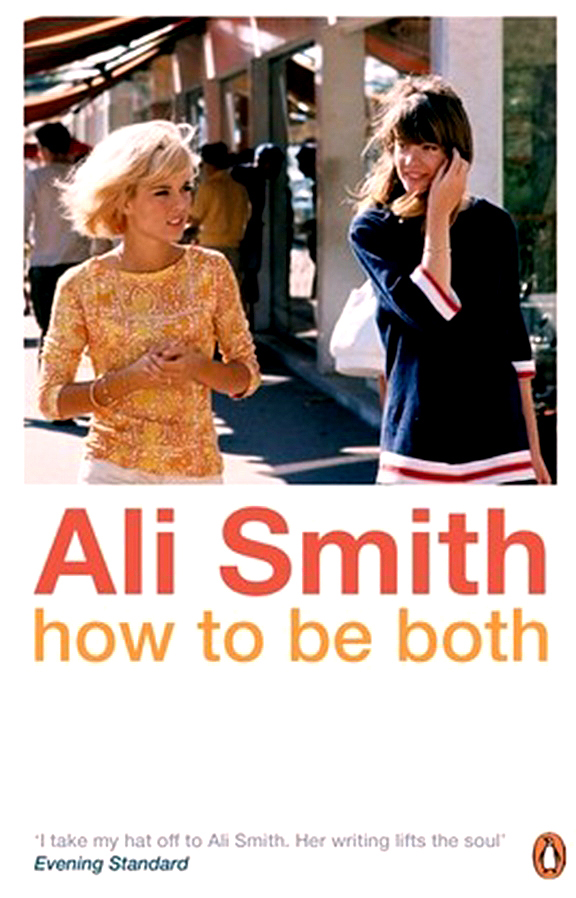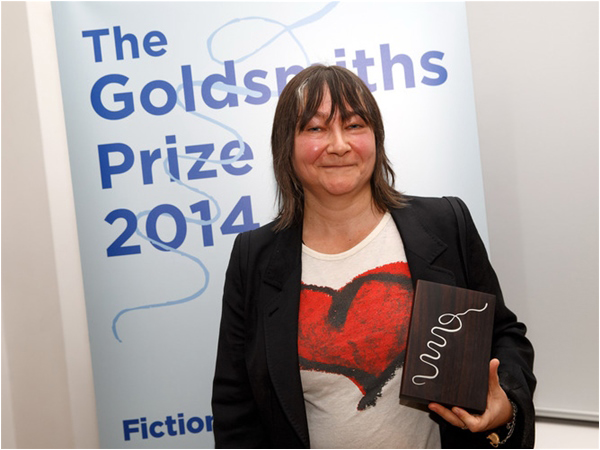
 Quite by chance, I got George… George, whose caustic intelligence and mordant teenage curiosity flails against grief. “This will be the first year her mother hasn’t been alive since the year her mother was born,” she thinks, and that “is so obvious that it is stupid even to think it and yet so terrible that you can’t not think it.”
Quite by chance, I got George… George, whose caustic intelligence and mordant teenage curiosity flails against grief. “This will be the first year her mother hasn’t been alive since the year her mother was born,” she thinks, and that “is so obvious that it is stupid even to think it and yet so terrible that you can’t not think it.”George is, of course, a girl, except that there is no ‘of course’ in Ali Smith’s canny new novel How to Be Both. Chance, accordingly, seeps in even before one opens to the first page: not every copy of the novel starts in the same way [“Why should it?” as George’s lively, subversive, but irretrievably dead mother might have snorted]. And if it is not George one encounters first, it will be Francesco del Cossa, the early Renaissance fresco artist who the author allows George to reinvent as an exercise in mourning.
In the version of the novel that opens as “One [Camera]”, three months have passed since George’s mother, Carol, died suddenly, leaving her sixteen-year-old daughter to process this absence the only way she knows how: in terms of the certitudes and ineluctable binaries on which she has always relied. “Past or present?” she asks her mother in one of their constant exchanges on art, morality, language, God. “Male or female? It can’t be both.”
“Past or present? Male or female? It can’t be both”
“Who says?” is Carol’s rejoinder.
But Carol is dead and with her the “moral conundrums” she had enjoyed needling her daughter with. George is left with a bewildered young brother and a father who has swiftly turned to alcohol to cope. “It is like wearing a whole fat woolly sheep between me and the world,” he tells his daughter. Inevitable counselling sessions at school lead George to revisit conversations with her mother and, in particular, memories of going to Italy to see the fifteenth-century frescoes of Francesco del Cossa.
George finds some comfort in her growing friendship with Helena, who can make her laugh and (rather touchingly) blush in equal measure and shares her interest in art. A school assignment on the concepts of empathy and sympathy propels the two girls to try capturing del Cossa’s voice, but refashioned as a girl…
The second ‘first’ part of the novel opens as “One [Eyes].” Francesco (now spelled “Francescho”) has been transposed bodiless from fifteenth-century Italy to present-day London. She presumes this is a form of purgatory for having dared to ask for higher wages – which she claims as her moral and artistic due – for frescoes she had painted in a palazzo in Ferrera. Born into a family of brick-makers, she, too, had lost her mother young. It was her father’s idea, she says, to disguise her as a boy and apprentice her among her artisan brothers. Subsequently, Francescho found work as an artist and, at the peak of her career, painted the frescoes in a local palazzo – the frescoes that Carol takes George to see some seven-hundred years later.
"There's always more to see, if you look"
Loitering unseen at the National Gallery, Francescho notices a young boy observing one of her own images. She tunes into the palpable sense of loss that emanates from her viewer – in fact, the androgynous-looking George, who has been secretly visiting the gallery to reconnect with her mother. For the artist, George’s vulnerability is “akin to when you find the husk of a ladybird that has been trapped, killed and eaten by a spider, and what you thought on first sight was a charming thing, a colourful creature of the world going about its ways, is in reality a husk hollowed out and proof of the brutal leavings of life.”

To wonder too long whether Francescho is a narrator in her own right or a product of George’s own grief-honed narrative is to miss the larger picture – literally. “Which came first?” Carol asks George during their trip to Italy, referring to the fresco’s underlying draft layers and its surface. Surely the draft image, her daughter argues. But Carol demurs: if what we see first is what is on the surface, does that mean it comes first and that the layer beneath “may as well not exist?”
What comes first, the seer or the seen? That depends. Does it matter? Does it produce a different story? That depends too. While this may not provide for the satisfactory reading of a book – and in less capable hands, run the risk of crumpling into dismal gimcrackery – Smith invests her characters with too much warmth, too much charm, for that to happen. Sardonic, vulnerable George. Francescho, brimming with words and inclined to analyse the world in frames. Carol, a complicated, quizzical-eyebrow-of-a-character and the story’s propeller. Smith applies layers intonaco not only to two characters’ timelines (George and Francescho, Francescho and George), but also to the coexisting versions of George before and after her mother’s death. And as Carol says [“Not says. Said,” George reminds us], “There’s always more to see, if you look.”

